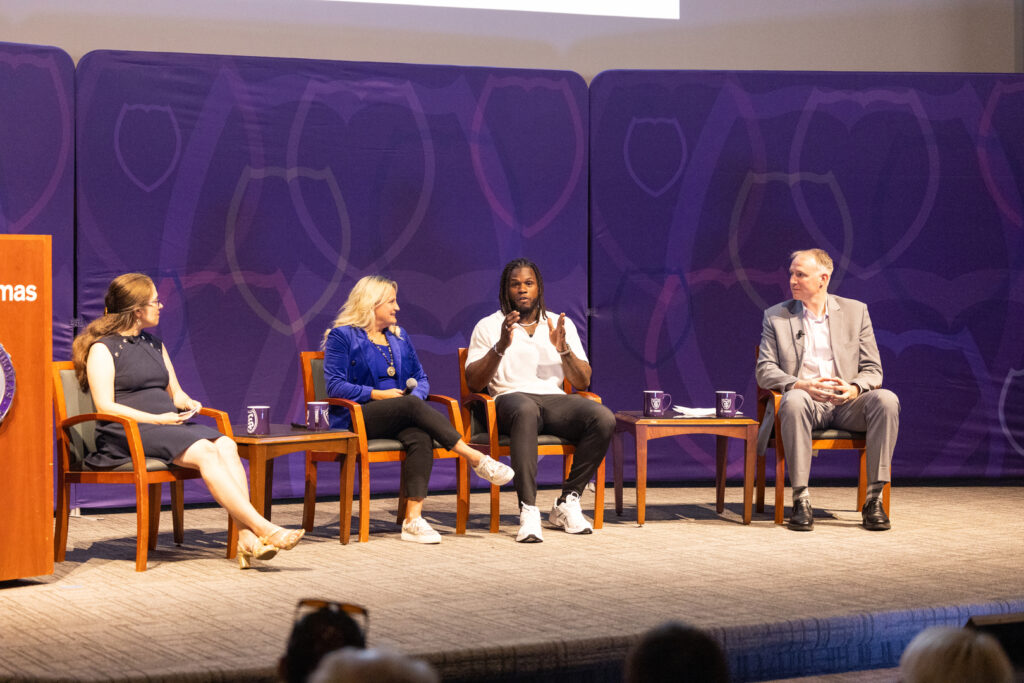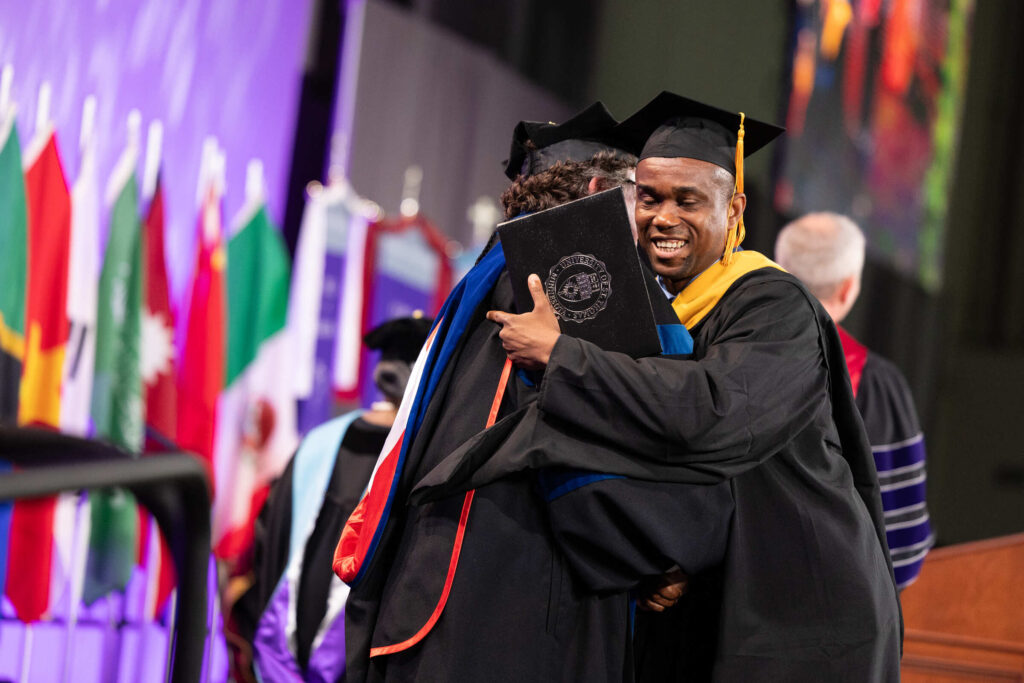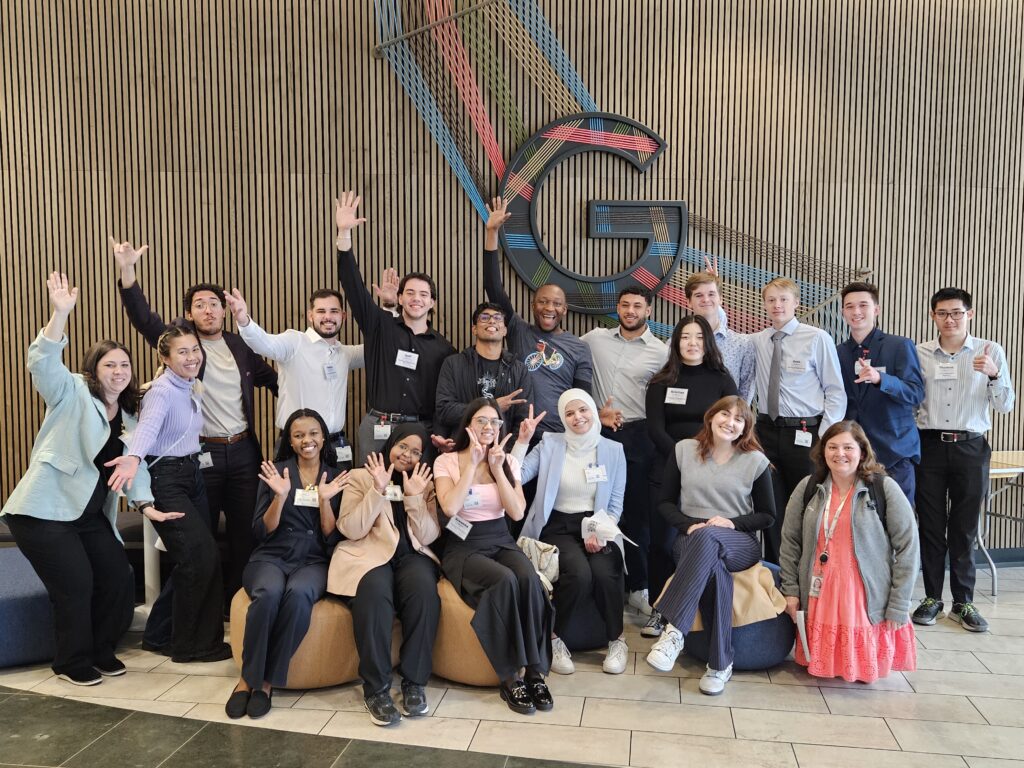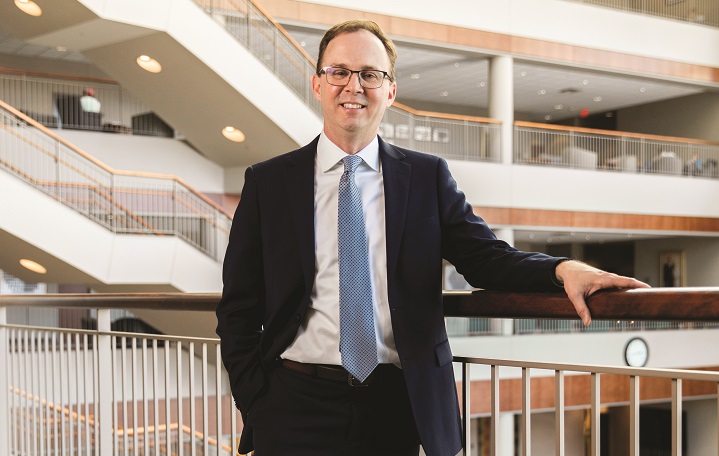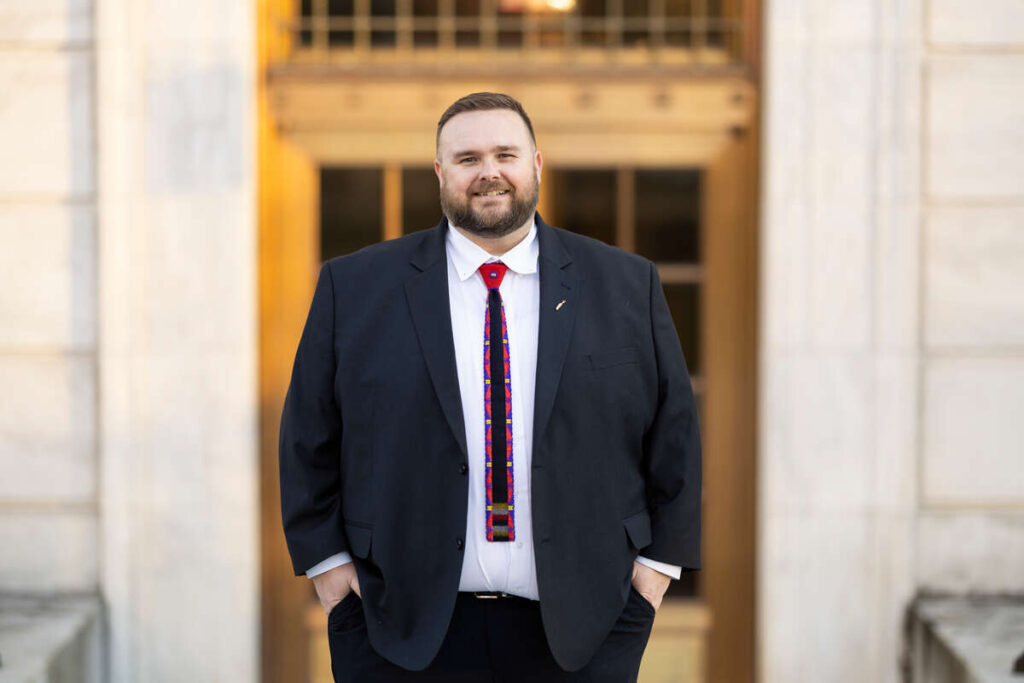McLean Donnelly ’14 MBA believes it’s essential to possess business skills if you’re in a creative field. A UX (user experience) executive, the St. Paul native describes his line of work as a unique hybrid fusing traditional product management with user experience and design. The ability for a UX designer to understand the business side of a company is a rarity, Donnelly said, but it shouldn’t be.
“Very few creative people have gotten an MBA,” he said. “This is a new economy. People want creative leaders who understand what the company is trying to do. An MBA also helped to give me the tools and skills to set up great, organizationally run departments. It’s given me a level of maturity as an executive and passion in organizational management that hasn’t traditionally been seen in creative functions.”
A former digital specialist and speechwriter for Gov. Tim Pawlenty’s administration, Donnelly “stumbled” into user experience while working as a senior communications coordinator at Target. It was around this time he decided to pursue his MBA Since then he’s led design teams at major companies including Expedia and Shutterstock, where he was vice president of product design and user experience. Recently, he became head of digital product and user experience for Minneapolis-based Sleep Number.
We talked with Donnelly about his experience at the Opus College of Business, combining creative and business skills and his current role at Sleep Number.
Why did you choose to get your MBA from the Opus College of Business?
The flexibility of the program, and I appreciated the ethics component of it. I appreciated the program itself – organizational management, leadership, great electives, ethics class. That’s something that even businesses and other institutions overlook – those leadership skills. I wanted to take the time to think through structured ways of how you improve as an emerging executive. It was a fusion of two things at once and it really helped shape my thinking.
Was there a specific experience you had at St. Thomas that shaped the success you’re having now?
As far as the curriculum, I really appreciated the Great Books Seminar. It was a really wonderful thing where we spent three months reading through this canon of Western and Eastern literature. Then you get together as a group for a week and, through the Socratic method, you debate this wonderful literature. I’ve always been a strong reader in fiction, but that really grounded me in understanding different texts and approaches to business thinking I hadn’t previously considered. It’s now part of my normal intake of reading.
The other part is learning the nuts and bolts of accounting, finance, manufacturing overhead and bonds – it’s invaluable to go through that experience. That helped give me the foundation to help make creative functions strategic functions.
How did you go from political speech writing to the world of UX?
A lot of folks come from a graphic design, very heavily visual background and that’s important because it’s UX design. But I think the other part is you see a lot of folks coming from content strategy to help with the larger information architecture. To me, the jump wasn’t that significant because speech writing is pretty comparable. You take very large, complicated problems with very vast data sets and you think about your audience. You think about what you want to communicate, what you want to get across, what you want to achieve. Then you build around strategies to how you properly communicate to those people. The thought process was identical with UX. It was just a question of gaining the technical skills to help execute those strategies. Working at Gov. Pawlenty’s office and working at Target helped get me started.
At that point, I really wanted to work on my UX skills. A good mentor of mine at the time told me to go work for a start-up because they’re willing to let you do anything. It’s fantastic advice when people are looking to get into technology and new parts of our economy. I started working with a couple start-ups in the Twin Cities and became a real UX practitioner working on front-end development, UI [user interface] design, content strategy and really stretching across the UX spectrum. That’s where I earned my chops.
Why do you think there’s a disconnect between the design and business sides of a company?
I think it’s a question of leadership. People might not have exposure to those concepts, so it feels uncomfortable to them. Then you naturally push away. I think the inverse is true, too. I oversee a product management function, as well, and the inverse is true there. Just as creatives and designers should absolutely up their IQ and understanding of business practices and how markets work, the same should be true for our business professionals and strategists as well. They need to understand the long-term value in investing in user experiences that might not be immediately revenue generating. They should really observe how UX professional work together – they’re naturally inclusive, they work in certain methodologies. That’s true not only in business, but for human resources and all parts of the company – it’s a new way of working. I love the emergence of the generalist position where people can fluidly move along the spectrum of business to design depending on the situation.
That to me is a question of leadership. Looking at where we want to go and then getting the right type of support for people in order to find the right balance between those two disciplines.
You’ve said, "If I get trained in business skills, I can become a strategic design leader." Could you elaborate on this?
What we’re starting to see is some of the best companies and leaders in the new economy starting from a UX perspective. Netflix is a great example. All they’ve done is solve customer problems. I don’t want to go to Blockbuster, we’ll do it here; I want to be online, we’ll do it here; I want this type of content, we’ll build it. All they continually do is work off of customer problems. Warby Parker is a great example of an empowering consumer experience. This isn’t just fluffy design talk, it’s real business. This is how business is done now. Millennials are now becoming a major purchasing powerhouse in our economy, and they’re rewarding businesses that think like this. Some of the most innovative companies in America started with an UX approach, but they also have that business understanding.
Why did you want to work for Sleep Number?
I had never worked in the digital retail continuum and – as a consumer – it’s still a disjointed experience. I thought Sleep Number had all the fundamentals to put forth a retail-to-digital/digital-to-retail experience that would be unlike what we’ve seen in the economy. Working on that is very exciting. I love health and well-being engagement. Sleep is a great part of how we think about wellness today. There’s ample opportunities of how to think about not just being a mattress provider, but how do we help with overall quality of sleep and wellness in one person’s life.
It was a new experience for me directly managing our product and design functions. It felt like everything was coming together in a true synthesis – our business and design teams as a single unit. It’s the dream, right?
At this point in my career, I love working with scale. It’s challenging. It’s fun. It gives enormity to your work. Sleep Number is more than 500 stores, $1.3 billion in revenue, all while sleep is a human experience and business that is ripe for digital innovation. I think in many ways I’ll be on the forefront of an explosion – digital, e-commerce and engagement. That’s where I want to be spending my time.



